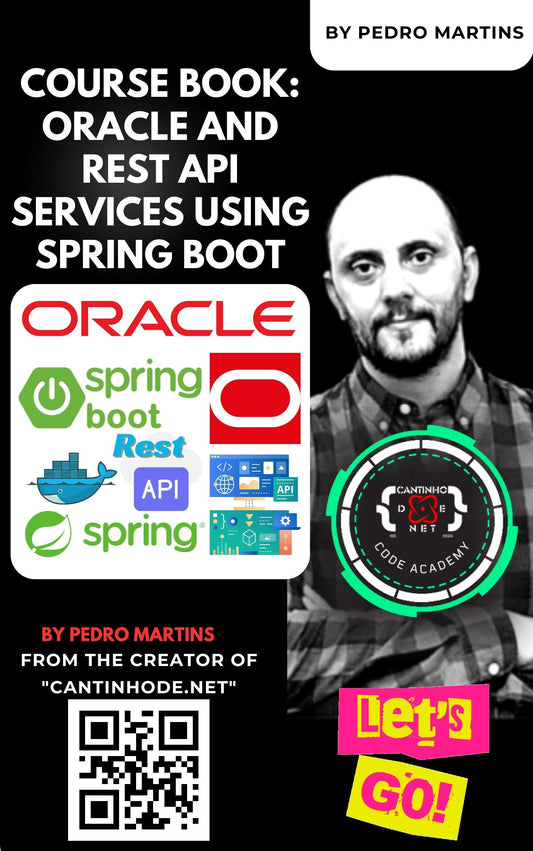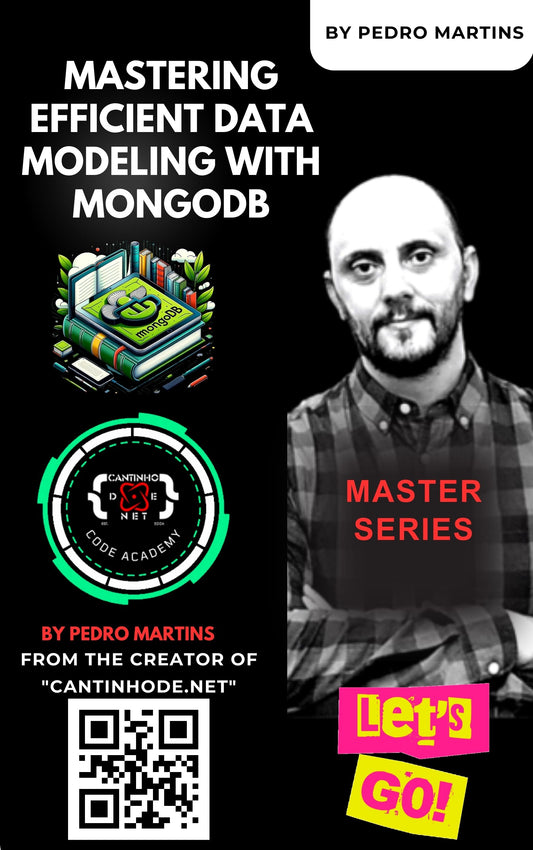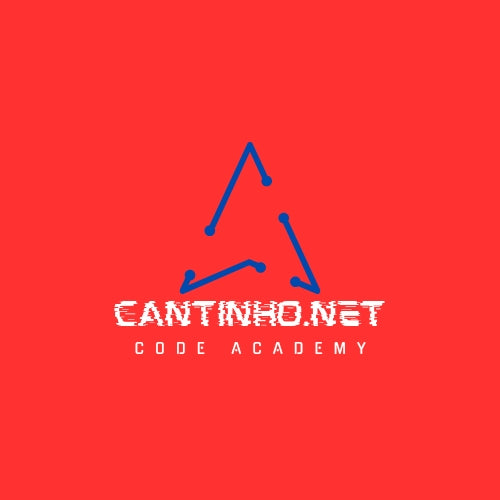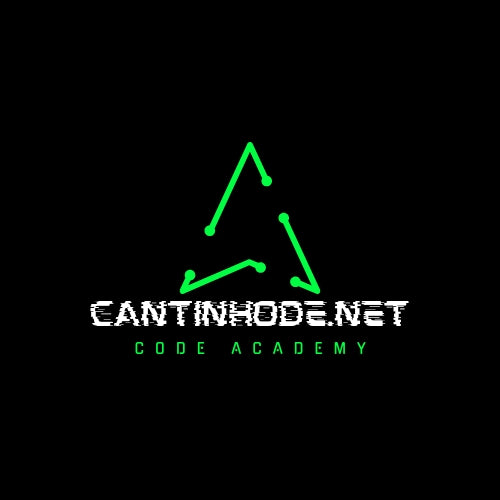Retrieval-Augmented Generation (RAG) is an advanced approach in natural language processing (NLP) that combines the strengths of retrieval-based models and generative models to produce more accurate, informative, and contextually relevant text. Developed to address limitations inherent in purely generative models—such as knowledge cutoff issues and difficulties in handling specialized or up-to-date information—RAG enhances text generation by dynamically incorporating external information sources.
Key Components of RAG
-
Retriever Module:
- Function: Searches and retrieves relevant documents or pieces of information from a large external knowledge base or database based on the input query or context.
- Implementation: Often utilizes techniques like dense retrieval (e.g., using embeddings from models like BERT) to find semantically relevant passages rather than relying solely on keyword matching.
-
Generator Module:
- Function: Produces coherent and contextually appropriate text by leveraging both the original input and the retrieved information.
- Implementation: Typically based on powerful generative architectures like GPT (Generative Pre-trained Transformer) or BART (Bidirectional and Auto-Regressive Transformers).
-
Integration Mechanism:
- Function: Seamlessly combines the retrieved information with the generative process to ensure that the output is both relevant and fluent.
- Implementation: Can involve concatenating retrieved passages with the input or using attention mechanisms to focus on pertinent information during generation.
How RAG Works
- Input Processing: The user provides a query or prompt.
- Retrieval Phase: The retriever searches the external knowledge base to find the most relevant documents or data snippets related to the input.
- Generation Phase: The generator uses both the original input and the retrieved information to produce a response.
- Output Delivery: The final generated text is presented to the user, enriched with the additional context from the retrieval step.
Benefits of RAG
- Enhanced Knowledge Access: By accessing external databases, RAG models can provide up-to-date and specialized information beyond their training data.
- Improved Accuracy: The incorporation of relevant documents helps in generating more precise and factually correct responses.
- Contextual Relevance: Retrieves information that is specifically tailored to the input query, ensuring that the generated content is highly relevant.
- Scalability: Can be scaled with larger and more diverse knowledge bases to cover a wide range of topics.
Applications of RAG
- Question Answering: Providing detailed and accurate answers by fetching relevant information from extensive databases.
- Content Creation: Assisting in writing articles, reports, or creative content by integrating up-to-date information.
- Customer Support: Delivering precise responses to customer inquiries by accessing relevant support documents and knowledge bases.
- Research Assistance: Helping researchers by retrieving and summarizing pertinent studies, papers, or data.
Challenges and Considerations
- Quality of Retrieved Information: The effectiveness of RAG heavily depends on the relevance and accuracy of the retrieved documents.
- Latency: Retrieving information from large databases can introduce delays, affecting real-time applications.
- Integration Complexity: Seamlessly combining retrieved data with generative processes requires sophisticated integration strategies.
- Data Privacy and Security: Ensuring that sensitive or proprietary information in the knowledge base is handled securely.
Conclusion
Retrieval-Augmented Generation represents a significant advancement in the field of NLP by bridging the gap between static knowledge embedded in generative models and dynamic, external information sources. By leveraging both retrieval and generation, RAG models can produce more accurate, informative, and contextually relevant outputs, making them valuable for a wide array of applications ranging from customer service to content creation and beyond.
 Looking to optimize your AI strategy? Visit askpedromartins.com for expert advice and solutions tailored to your development needs.
Looking to optimize your AI strategy? Visit askpedromartins.com for expert advice and solutions tailored to your development needs.









